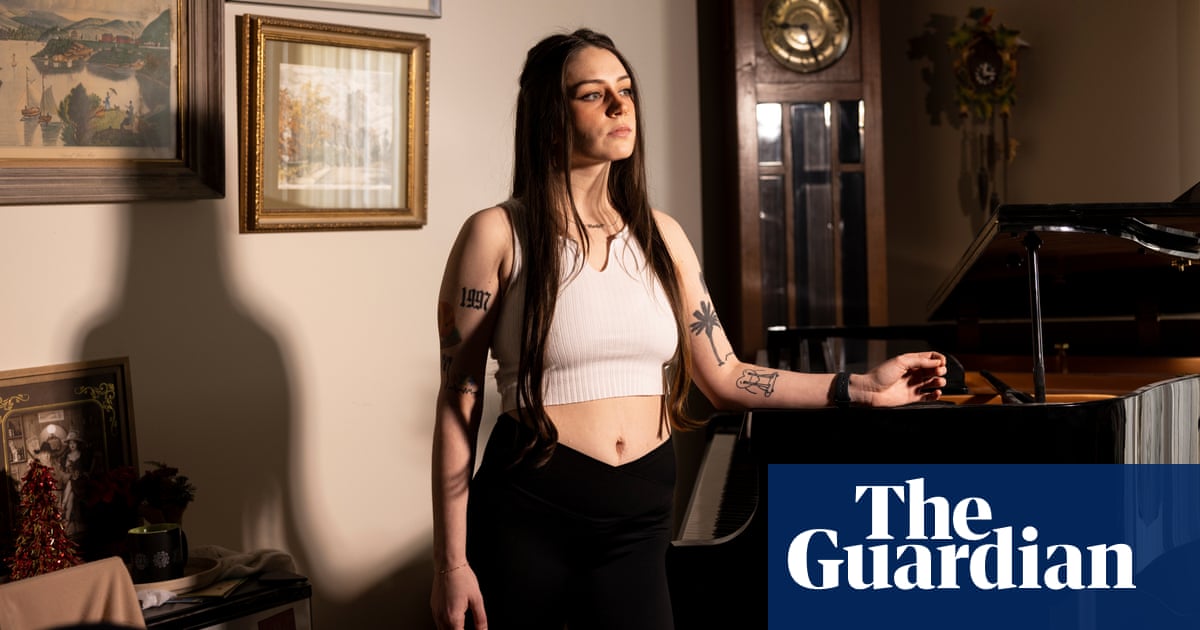
’d just got myself a chocolate milk and was on my way to pick up a Sunday paper when I saw a Chevy with a male and two females in it. It was October 1971, and I was 21. I was a couple of years into my policing career, working the morning shift in Denver, Colorado, out in a car on my own.
The male was wearing a khaki cap and looked like a rough dude. I went to where he was sitting on the passenger side and he gave me his wallet, which had a social security card.
We went to the back of the car. I told him to put his hands on the trunk, but he sidestepped me and pulled a gun from his waistband. After a quick tussle, he shot me in my lower chest.
I’d never been shot before. My legs gave way. Everything went silent. I didn’t know if I was going to live or die. In those days, our radios weren’t portable, so I had to crawl 20ft to my car to call for help. I was worried the bullet had gone through my spine. An ambulance came and rushed me to hospital, saving my life.
We searched for him but he had disappeared. The name on the social security card turned out to be fake. His real name was Lawrence Pusateri. A couple of years later, he was caught in Mexico and brought back to Denver where he was sentenced for nine and a half to 14 years for shooting me. I wasn’t angry at him, just glad we’d got him.
But in 1974, he escaped from prison. He’d been taken to hospital with another inmate, where they went to the bathroom and found guns, an accomplice and a car waiting. They took the guards hostage and got away. It wasn’t his first prison escape either. When he shot me, he’d been on the run, having escaped another prison while serving a sentence for burglary and drug possession. That time, he’d put pillows in his bed to make it look as if he was sleeping and somehow broke out. It was like something out of a Hollywood movie.
I started looking for him immediately. I met his family and the girls from the car. I talked to informants in prison. I contacted anyone who could possibly know him. But I hit brick wall after brick wall. People would hang up or tell me I was an asshole. I never got anything out of them. But I kept trying.
In the meantime, Pusateri twice appeared on America’s Most Wanted (the US show based on the BBC’s Crimewatch). I got married and had kids, but continued chipping away at the case. I had one tipoff in the 1980s but nothing came of it. It became like a hobby for me. I carried on even after I retired from the police force. My aim was to keep people who knew him talking, and maybe one day it would spark something. For me, it’s always been about the chase.
On 24 June this year, my birthday, I was sitting at the kitchen table when I got a call. A man said, “I’ve been thinking about it and I’m going to tell you where the guy is that shot you.” He gave me the name Ramon Montoya, which he said he was using as an alias, an address in Española, New Mexico, and the name of his wife. Then he hung up.
I was sceptical but I plugged the name into my databases. I found Ramon Montoya at that address, with that woman. “Holy shit,” I said to myself, “this could be him.” I put together the information and called the Española police; a lieutenant said he’d get on it.
They had trouble getting a warrant but a week later, I discovered that in 2011 Montoya had been arrested for drink-driving. I pulled up a mugshot – the first I had found. It was the guy who had shot me; it was Pusateri. He was older, but there was no doubt in my mind – I could spot him a mile away. I couldn’t get to the phone quick enough. I said to the lieutenant, “It’s him! I’ve got his picture and I’m sending it to you.”
On 5 August, I got a call to say that Pusateri had been arrested. He’s 77 now, and serving his original sentence for shooting me. I’m going to try to see him. I want to congratulate him on staying hidden for 46 years. He did an incredible job of it and has been a formidable foe.
• As told to Candice Pires.












